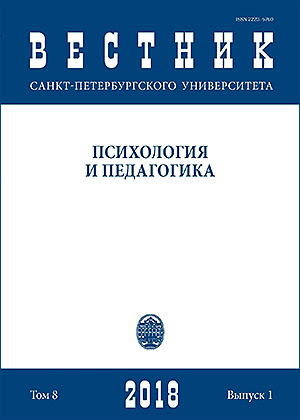Stroop interference phenomenon in the context of lexical access theories
DOI:
https://doi.org/10.21638/11701/spbu16.2018.104Abstract
The paper discusses a psycholinguistic approach to the empirical data obtained from the Stroop test and its modifications. In the classical Stroop test participants are required to name as quickly as possible the color in which a word is written, while ignoring the word meaning itself. Under certain conditions, the ignored information interferes with the naming of the color, resulting in slowed, error-prone responding. In psycholinguistics Stroop interference is considered as an inevitable consequence of speech production. Its explanation is given in several theories of lexical access, which are reviewed in the paper. Two groups of theories of lexical access are analyzed in the article: the theories of relative activation (the model of W.La Heij and colleagues, the model of A.Roelofs, and the conception of R.Abdel Rahman and A.Melinger) and the theories of absolute activation (Response Exclusion Account and the model of K.Mulatti and colleagues). It is postulated in the theories of the first group that Stroop interference occurs during the stage of response selection. According to the theories of the second group, Stroop interference occurs at the late stages of stimuli processing due to inappropriate response blocking. In conclusion, the author states that theories of lexical access fail to explain revealed interference phenomena. The ways of further development of the psycholinguistic theories to Stroop interference are discussed.
Keywords:
Stroop interference, Stroop test, lexical access, speech production, lexical competition, psycholinguistics
Downloads
References
Downloads
Published
How to Cite
Issue
Section
License
Articles of "Vestnik of Saint Petersburg University. Psychology" are open access distributed under the terms of the License Agreement with Saint Petersburg State University, which permits to the authors unrestricted distribution and self-archiving free of charge.




